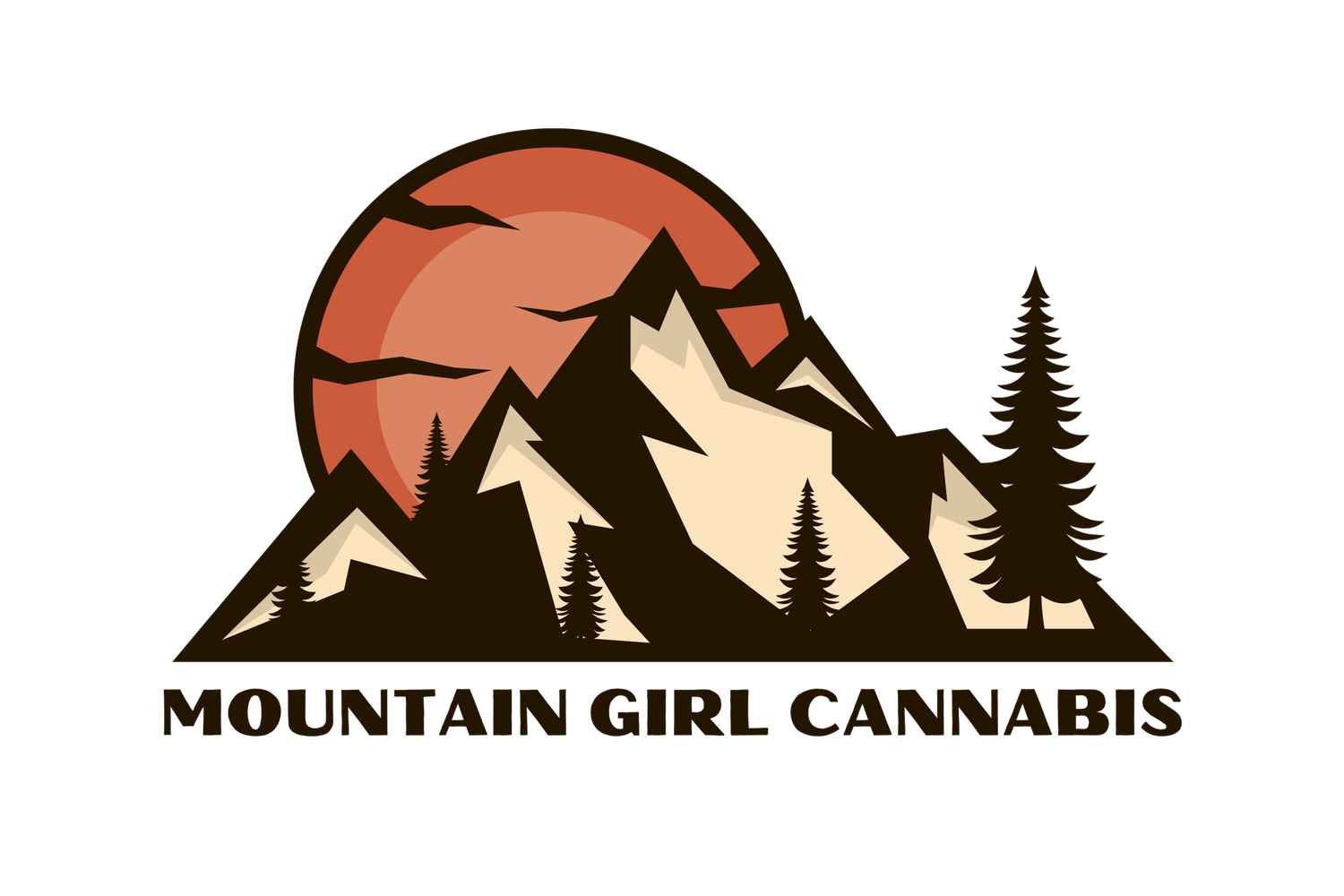What is the Difference Between Hemp & Cannabis?
Many people mistakenly believe that hemp and cannabis are two different species of plant, but that simply isn’t true. In actuality, cannabis and hemp are not distinct species at all but are two different names given to the same type of flowering plant in the Cannabaceae family.
Despite the fact that science doesn’t differentiate between hemp and cannabis, there are certain characteristics and legal aspects that make these two substances very different. To help you better understand the key differences between hemp and cannabis, we’ll discuss:
What is Hemp?
To understand what hemp is, we must first define the two main active substances in cannabis plants: cannabidiol (CBD) and delta-9 tetrahydrocannabinol (THC). CBD does not produce the high that’s associated with cannabis. THC, on the other hand, is the main psychoactive compound in cannabis. This is the active substance in cannabis plants that gets users “elevated.”
By its legal definition, hemp is any cannabis plant that contains no more than 0.3% THC content by dry weight. Why 0.3%, you ask?
The number is meaninglessly derived from a book called “The Species Problem in Cannabis: Science & Semantics,” which was published in 1979. In it, the author offers the 0.3% value as a possible solution to the fact that it’s scientifically impossible to distinguish hemp from cannabis since there’s no taxonomical difference.
The author even acknowledges in his writing that the number is arbitrary. Even so, the number was used in the United States to form the legal definition of hemp under the Agricultural Act of 2018.
Common Uses for Hemp
Since the THC level in hemp is so low, hemp isn’t used to create cannabis products with the purpose of a recreational buzz. Instead, hemp plants are used to create many other types of products completely unrelated to the recreational cannabis industry, including:
Animal feed
Clothing
Food products
Paper
Plastic
Textiles
CBD oil has also become increasingly popular since hemp was federally legalized in the United States.
What is Cannabis?
When people say “cannabis,” they usually are speaking about the type of plant that gets you high. Legally, cannabis is any plant that contains more than 0.3% THC by dry weight.
THC potency varies significantly depending on the type of strain. Because of this, some cannabis plants may have a very high THC content (greater potency) while others have lower levels. There are three main types of cannabis plant designations:
Cannabis sativa: Known for its energizing, anxiety-reducing effects, sativa strains can inspire productivity and creativity in users.
Cannabis indica: Intensely relaxing and effective at reducing pain and nausea, indica strains are best consumed at night due to their calming effects.
Hybrid: As the name suggests, hybrids are a blend of sativa and indica strains, resulting in a broad range of effects.
Common Uses for Cannabis
Cannabis strains that contain higher THC contents are commonly used for medical purposes. However, with recreational use becoming more popular, other uses have come to the forefront for these strains as well, including:
Flower
Edibles
Oils
Tinctures
Beverages
And more
Cannabis vs. Marijuana: What’s the Right Term?
You may have noticed that we at Mountain Girl Cannabis rarely use the term “marijuana.” That’s because this phrase has a rather controversial history in the United States.
In the early 1900s when Mexicans flocked to the United States after the Mexican Revolution, a racist and anti-immigrant sentiment slowly swept over the country. During this time, cannabis was a legal import between the U.S. and Mexico. Up until that point, most people used the term “cannabis” as this is the scientific name.
After the Mexican migration, however, the word “marijuana” became associated with the Mexican people. They became stereotyped as chronic cannabis users, and the U.S. adopted the term “marijuana” to use in its anti-cannabis propaganda campaigns which singled out Mexican immigrants. These campaigns not only perpetuated harmful stereotypes of the Mexican people, but they also were a key contributing factor in cannabis becoming illegal in the 1930s.
Because of its deeply concerning history (and also because it’s the correct nomenclature) we prefer to use the term “cannabis” rather than “marijuana” — and encourage you to do the same!
Are Hemp & Cannabis Products Legal?
In the United States, hemp is federally legal, meaning products containing less than 0.3% THC are available for purchase everywhere in the country. By contrast, cannabis products are only medically or recreationally legal at the individual state level. Currently, there are 21 states that have legalized both recreational and medicinal cannabis. These include:
Montana
Nevada
New Jersey
New Mexico
New York
Oregon
Rhode Island
Vermont
Virginia
Washington
Alaska
Arizona
California
Colorado
Connecticut
Illinois
Maine
Maryland
Maryland
Michigan
Missouri
An additional 18 states have only legalized medicinal cannabis. These include:
New Hampshire
North Dakota
Ohio
Oklahoma
Pennsylvania
South Dakota
Utah
West Virginia
Alabama
Arkansas
Delaware
Florida
Georgia
Iowa
Louisiana
Minnesota
Mississippi
Mountain Girl Cannabis is proud to offer both hemp and cannabis products from local growers throughout the Green Mountain State. Come shop our premium selection of craft cannabis at our recreational dispensary in Rutland or pre-order products online for pickup!






